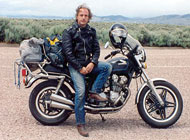A Motorcycle’s Little Lessons
Monday, February 15th, 2021Ongoing mechanical issues with my now 41-year-old Honda CB750 Custom some years ago had me thinking the unthinkable, as in getting rid of it rather than continuing to put money into it. It didn’t happen, but for the only time in all those years I was at least considering it.
But this is the first bike I ever owned. I had ridden motorcycles before but this is the bike that I learned to actually ride on. There really is a difference. Anyone can get on a bike and start it up and go forward. To handle that bike with skill and finesse is an entirely different matter. It takes time, and this was the first bike I ever spent enough time on to learn these things.
Thinking these thoughts had me thinking about the early days, when I had no idea how much I didn’t know. When my friend Richard heard I’d gotten a bike he commented that I must be figuring out the seeming contradiction of counter-steering. I looked at him blankly because I had no idea what he was talking about. Of course, counter-steering is that business where you put pressure on the right grip if you want to go right, the left grip if you want to go left. If you think about steering, pressing on the right grip–away from you–would seem to turn the front wheel to the left, so how does that make you go right? I’m not even going to get into that lengthy discussion here but trust me, it does. I had some learning to do.
Another thing I learned right away was to back into a curb. I read something awhile ago from a non-rider who had passed through Sturgis during the rally who wondered why it was that all the bikes were parked with their rear wheels backed in. Was this just some unspoken law of biker cool?
Hardly. Within the first week or two that I owned the Honda I ran over to the local motorcycle dealership to get something. I pulled in the parking lot, which sloped down from the building toward the street, and pulled into a space alongside the sidewalk, nose in. Guess what happened when I was ready to leave. With no reverse gear, I had to muscle this 600-pound bike uphill, backward. Of course if I had backed it in I would have just climbed on, started it up, and driven away. That’s one of those lessons you learn once and never forget.
Paying attention to the kill switch is another lesson but it doesn’t sink in quite so quickly. If you take a Motorcycle Safety Foundation rider training course they will teach you to turn the bike off every time by flipping the kill switch. I’m sure if you get in that habit you will never forget then to flip that switch back whenever you want to start. I don’t do it that way. I just turn off the ignition key.
In my mind, at least in the beginning, the kill switch was something you would use in an emergency, such as if you dropped the bike and the engine didn’t die on its own. What I had to learn is that sometimes you get all fat-fingered and hit the kill switch inadvertently. Sometimes that means you’re trying to start it and nothing is happening. Other times, you might be cruising along and all of a sudden the bike dies, and for the life of you, you can’t figure out why.
I did this once when I was setting my throttle lock and my hand grazed the kill switch. I sat there by the road for half an hour while two different bikers stopped to offer assistance. I felt pretty stupid when I finally figured out what the problem was. Eventually I just developed the habit of scanning the controls every time before starting to make sure everything is in the proper position.
I could go on; there’s a lot more. But the point is, I learned all of this on the Honda. This bike has been with me since the start, quite a bit longer even than my wife has been with me. Could I really let it go? At this point I’d say no, and back then I never had to make that choice. After getting a bunch of work done on it then, ever since it has been a dependable, good-running bike.
On the other hand, I know a number of guys who are younger than me who have decided they’re getting too old and it’s time to hang up the spurs. Do I see that happening any time soon? Not on your life! But before I hang up the spurs I’m guessing I will get rid of these heavy bikes I now ride and get something smaller. But I don’t even see that happening any time soon. Heck, Roy is 89 and still rides his big Beemer across the country. I’m planning to be Roy.
Biker Quote for Today
I’m a biker grandpa. Just like a normal grandpa except much cooler.

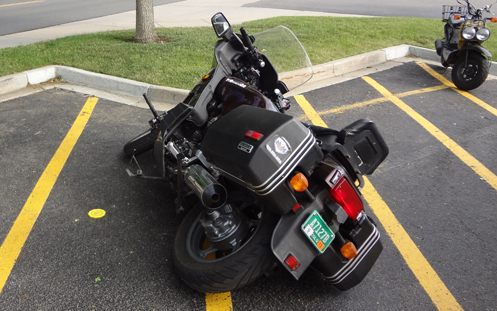
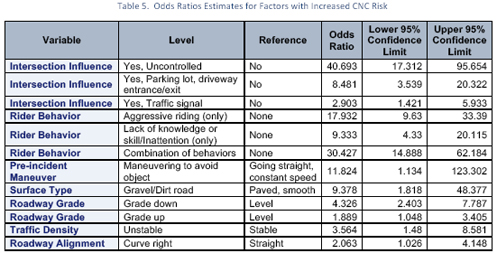
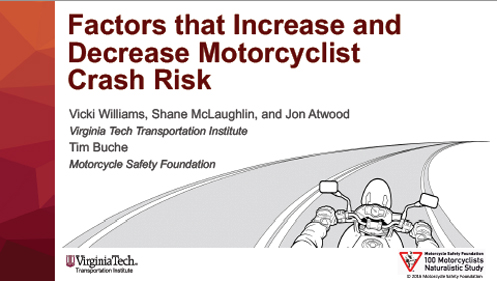
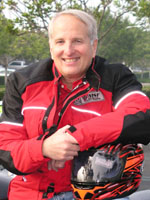 I got a note this morning from the
I got a note this morning from the 